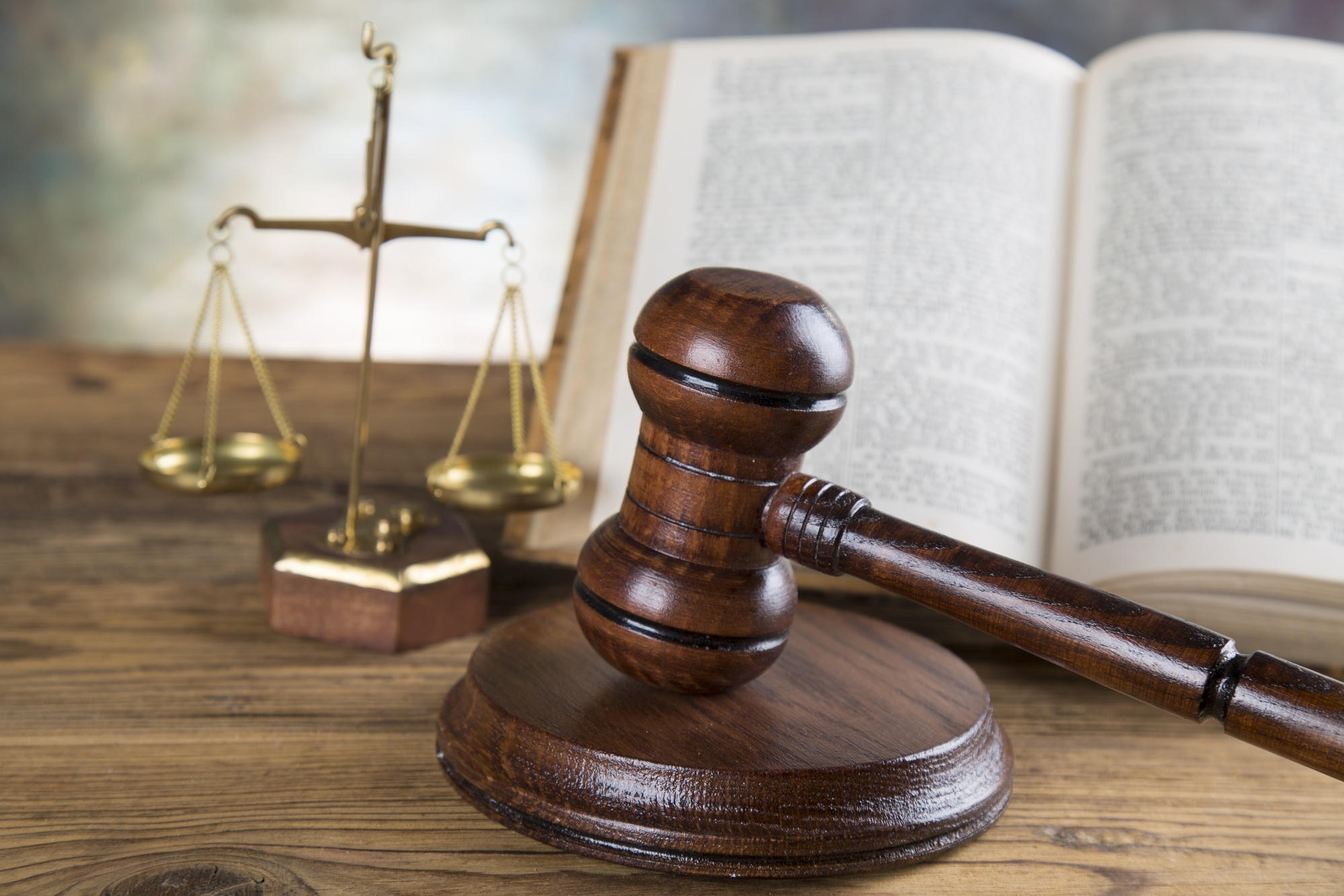10 Steps For A Stress Free Claim Process
Its difficult to predict what level of damage a disaster can cause to your home or business. There are, however, several steps that you can take before and after a loss to make the insurance claim process a smoother process and receive the financial recovery needed to survive.
Pre-Loss #1 – Take Photographs of Property Before the Disaster Occurs
Pictures will be important to prove the extent of your damages later. Take new photos of your property on an annual basis, or after any significant alterations to the property.
We recommend an app called Encircle to take pictures of the various rooms and contents in your house or business. The app is free and stores all the pictures in the cloud, which is nice!
Pre-Loss #2 – Back Up Business-Critical Information
This is for the business owners out there. Make sure you have off-site backup copies of any critical client records and communication systems. Examples of records to back up include key client information, financial documents, sales histories. Having this information immediately available can make or break your public relations and disaster recovery efforts.
Pre-Loss #3 – Have a Response Team In Place
Do you know who you would call in the event of a loss? We find it to be easier to have this information ready before hand because once disaster strikes, you often times are stressed and rushed and may not have the time to vet out your resources.
Vendors to consider:
- Plumbers
- HVAC Professional
- Mitigation Company
- Insurance Professional
Speaking of Insurance Professional, we recommend using an individual that is knowledgable in the area of insurance and allow them to handle the interactions with your carrier. This is essential because the smallest comment may make a big difference in how much money you recover.
Post-Loss #4 – Report Your Loss
Request a complete copy of your insurance policy. Read and make sure you understand your rights and obligations under your insurance policy before entering into any serious discussions or negotiations with your carrier. Seek out a professional to help you understand what your policy actually covers and, just as important, what it doesn’t.
We go as far as recommending having your insurance claims professional take this step. With our AVID Claims process, if an insured calls us before contacting the insurance company we can only help them determine coverage prior to making a claim, we can file the claim and ensure it is filed correctly from the beginning, ensuring no delays in claim processing.
Post-Loss #5 – Protect Your Property From Further Damage
It is your responsibility to perform emergency work such as putting up tarps, removing wet drywall and carpeting to prevent mold, boarding up openings and installing fencing if necessary in order to protect your belonging from further damage or loss and restrict access.
Post-Loss #6 – Document The Damage
We recommend documenting the loss as it is happening and immediately afterwards. Photograph or video the scene, including the “debris pile” before you begin any cleanup efforts.
Do not allow contractors to throw away broken pipes or material associated with the cause of loss because it is likely the insurance company will want to inspect that item.
Post-Loss #7 – Get Replacement Cost Estimates
When estimating damages, do not rely solely on your past historical records (such as receipts). Inflation tends to increase the price of material over time, so instead, secure replacement cost estimates.
Whether you will receive replacement cost, or actual cost value (takes depreciation out of your claim) will depend on your policy.
Post-Loss #8 – Document all of Your Activities and Expenses
Keep a detailed log of all activities and communications.
Be sure to save all your receipts as well, including those for property replacement, out of pocket mitigation costs, and extra expenses.
Your claims professional will require these documents in order to present them to your insurance carrier for reimbursement.
Post-Loss #9 – Make Decisions that are Best for the Survival of Your Home
Insurance company adjusters work for the insurance company and will do what is in the insurance company’s best interest. Get a second opinion from a claims professional that will review the damages in your best interest.
Post-Loss #10 – Hire Your Own Experts
The insurance adjuster sent by your carrier to evaluate the damages is working exclusively for the insurance company – not you. It’s your responsibility to document and submit your claim. Make sure you have someone on your side who knows insurance law inside and out to ensure that you get a full, fair and expedited settlement – while you concentrate on maintaining your job or business – not on claim details. Understand that your claim will have to be verified.


 Call Us Now
Call Us Now Email Us Now
Email Us Now



